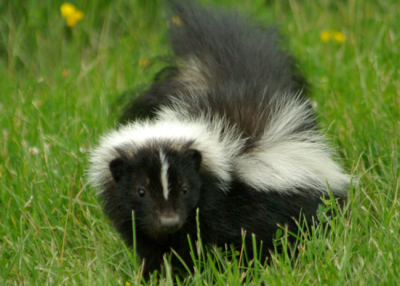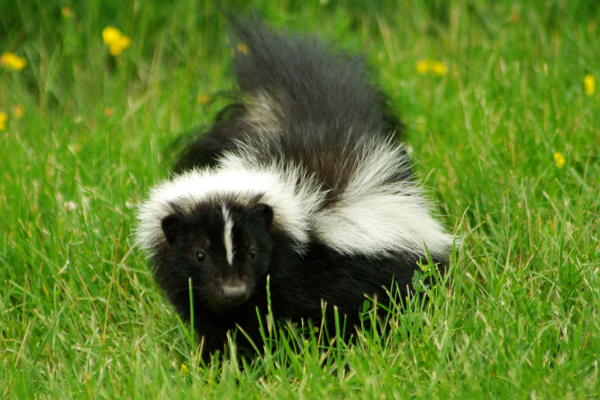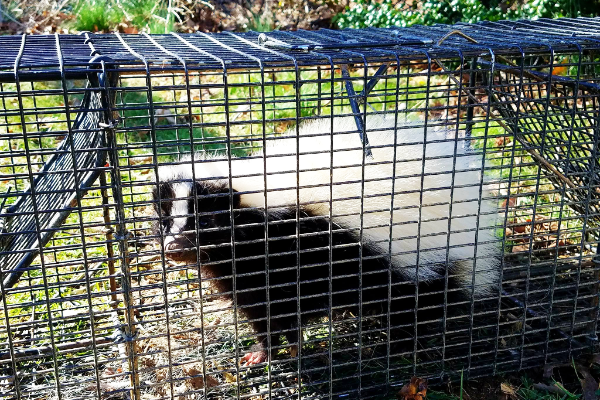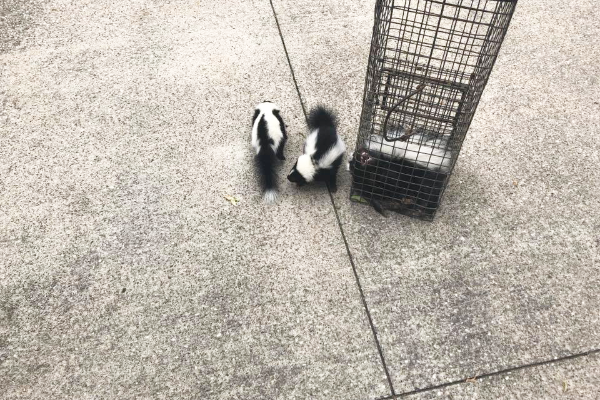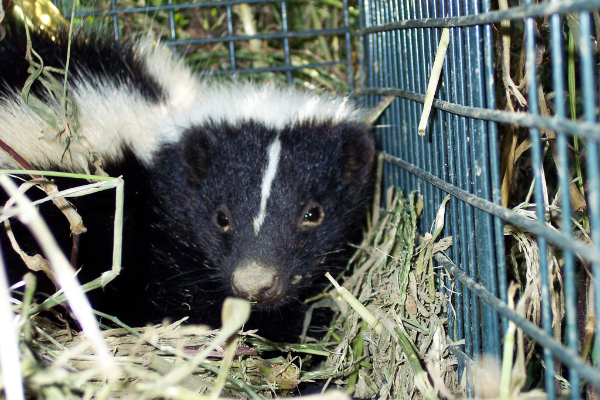Description
Skunk
Skunks are stinky little vertebrates or mammals. These animals are infamous for their ability to spray liquids with a foul smell whenever they are threatened. Skunks come in a wide range of colors, sizes, and shapes.
Researchers have recognized ten distinctive skunk species across North, Central, and South America. Some are white and black striped, while others are brown or reddish.
Skunks are mammals of North and South America that are in the Mephitidae family. Although they are related to the weasel family, skunks are most closely related to the stink badger. These animals are popularly known for their ability to spray liquids that have a powerful and unpleasant smell.
The various skunk species might come in a wide range of color or sizes; however, they are all known as small-medium sized mammals. The smallest adult skunks are just a little more than one foot long, while the largest can grow to be more than three feet long, including their tails. All skunk species have long stout built bodies and short legs. Due to their love for digging, their front legs are usually muscular with long and sharp claws.
Appearance
The most common types of skunks are striped skunks. It is also the most easily identified. This type of skunk has a white stripe that runs from its head down to its tail. The stripe on a skunk starts with a triangle shape at the back of the head, and then breaks into two stripes as it runs down its back. The stripes end up meeting again at the last part of the tail. This implies that their tails are, in this case, a mixture of black and white fur. Each type of skunk has a unique pattern of stripes. Aside from the white and black strip skunk, there are also the grey or the brown colored skunk, in some cases, cream-colored. All skunks have stripes right from when they are born, be it a single thick stripe across their tail and back, or a thin stripe, or even dotted white and broken stripes.
Skunks vary in size, but generally, they are about the same size as a house cat. With small triangular heads and small ears, the legs of skunks have short webbed toes and claws that they use for digging and searching for food. The body of a skunk is moderately elongated, short with muscular legs and a long front claw. Skunks have four toes on the back paws and five toes on the front paws.
Diet
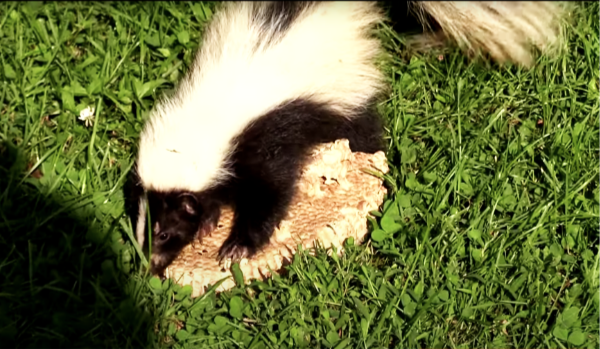
Skunks belong to the group of omnivorous animals; they eat almost anything. Skunks generally change what they eat based on season and location. During spring, more food sources are available; skunks tend to eat more insects during this period; especially insects at their larval stages. Skunks also eat rodents, lizards, frogs, moles, and birds. Mostly, skunks enjoy eating the eggs of other Westchester animals; they will wait for the parents to leave the nest, then they will go in and eat the eggs.
As stated earlier, skunks eat anything, even New York berries, grasses, nuts, and leaves. They also enjoy some fungi and algae, but this is mostly those that live close to ponds or rivers.
If a skunk lives close to an area that is populated, they can get into the garbage and help themselves with something to eat. They can also be scavengers when the opportunity arises.
Skunks are also one of the predators of bees. Due to the thickness of their fur, they can easily fight off the sting from bees. They tear the beehive open and eat the bees as they come out to defend their home.
Behavior
Skunks are solitary and crepuscular animals, especially when they are not in their breeding days. However during the cold, they might gather together for warmth. During the day, skunks find shelter in their burrows, which they dig easily with their muscular legs and sharp front claws. Male and female skunks occupy home ranges that are overlapping through most of the year.
During the winter, skunks are not hibernators; however, they do den up for a longer period. They remain mostly inactive and rarely feed, going through this stage dormant. During the winter, many females, as much as 12, may huddle together while the male is often alone.
Although skunks have an excellent hearing and smelling sense, they lack great vision and find it impossible to see objects that are about 10ft away, which makes them very vulnerable to death by traffic. They also have a short lifespan; they live up to 7 years in the wild and up to 10 years in captivity.
Habitat
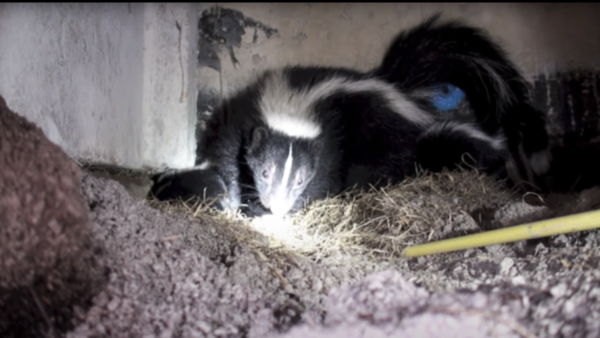
As there are a variety of skunk species, their habitat varies. They occupy a wide range of habitats. Some skunks are more particular than others and are specific about their habitat. While a lot of skunks find habitat in the forest, rocky outcrops, Woodlands, Scrublands, agricultural areas, or even the urban areas, others choose differently. There are many different habitats across the range of the different species, and each habitat is unique to each species and their preference.
Conclusion
The smell from the liquid produced by skunks is pungent enough to scare animals like lions. They can spray the liquids with accuracy, and if sprayed on any animal, it is almost impossible to get rid of. The smell of this liquid can be noticed from over a mile away by some animals. Animals naturally tend to stay away from skunks. If they come anywhere near the creatures, they will run away out of fear of being sprayed. It is one of the best defenses in nature.
